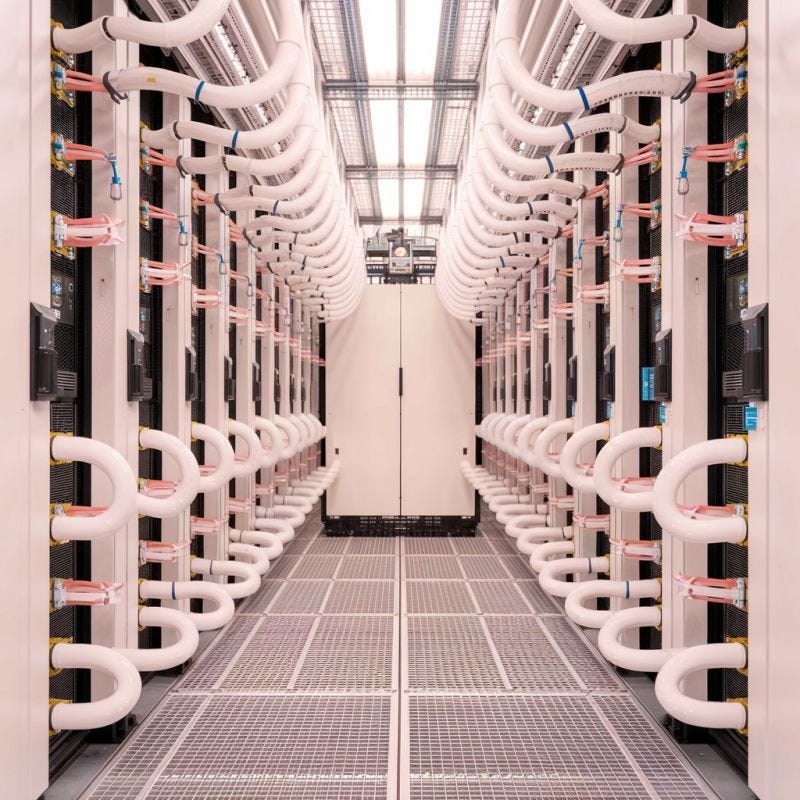Liquid cooling is redefining data center efficiency
Delivering a powerful combination of sustainability and cost savings
As computing demands increase, traditional air cooling is falling behind.
Data centers are turning to liquid cooling to reduce energy use, cut costs, and support high-performance workloads.
Operators are considering direct-to-chip cooling, which circulates liquid over heat-generating components, and immersion cooling, where servers are fully submerged in a dielectric fluid for maximum efficiency.
Developed markets, like the U.S. and Europe, are adopting liquid cooling to support AI-driven workloads and reduce carbon footprints in large-scale facilities.
Meanwhile, emerging markets in Southeast Asia and Latin America are leveraging liquid cooling to manage high-density computing in regions with hotter climates and less reliable power grids, ensuring operational stability and efficiency.
Greater Energy Efficiency
Liquid cooling reduces total data center power consumption by 10.2%, with facility-wide savings up to 18.1%. It also uses 90% less energy than air conditioning, improving heat transfer and maintaining stable operating temperatures.
Sustainability Gains
Lower PUE (Power Usage Effectiveness) means less wasted energy, while reduced electricity use cuts carbon emissions. Closed-loop systems also minimize water consumption, making liquid cooling a more sustainable option.
Cost and Performance Advantages
Efficient temperature management prevents thermal throttling, optimizing CPU and GPU performance. Higher-density computing lowers construction costs by 15-30%, while cooling energy savings of up to 50% reduce long-term operational expenses.
The Future of Cooling
As AI and cloud workloads grow, liquid cooling is becoming a competitive advantage.
Early adopters will benefit from lower costs, improved efficiency, and a more sustainable infrastructure.

